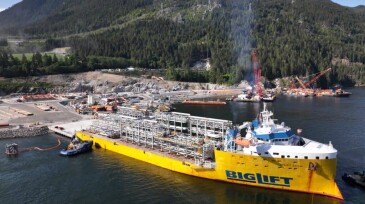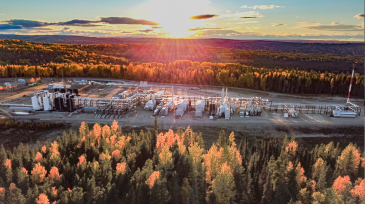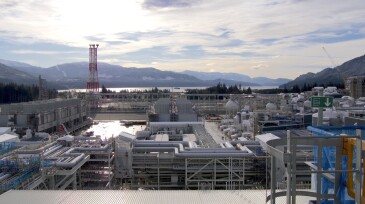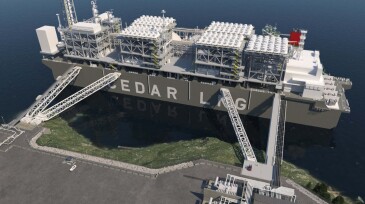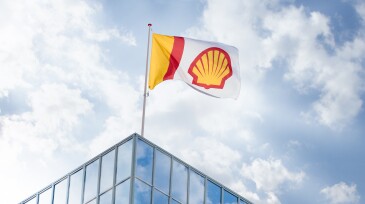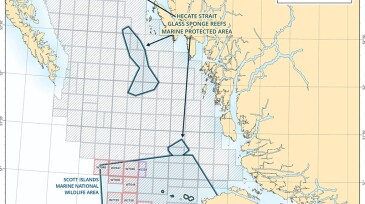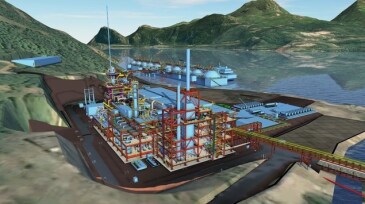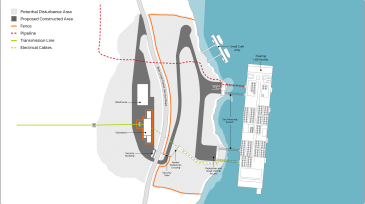British Columbia
-
Project expects a total of 19 additional modules to arrive on site during 2025.
-
Strathcona doubles down on heavy oil—sells Montney assets for nearly CAD 3 billion, grabs Canada’s top crude-by-rail hub, and sets sights on MEG Energy in bold growth move.
-
Cooldown cargo is set to be delivered to Kitimat, BC, from Australia in early April, the final step prior to official startup.
-
The project's floating LNG facility will be installed in the traditional territory of the Haisla Nation on Canada’s West Coast.
-
The Ksi Lisims floating LNG facility is planned to be the world's lowest emission-intensity LNG facility and net-zero ready by 2030.
-
The operator had been in communication with government about the future of the permits since 2020.
-
Results from more than 50,000 runs where shaped cutters resolved drilling issues demonstrate that, by matching the combination of cutters to the formation and the downhole conditions, it is possible to improve ROP, extend bit life, and drill longer runs for more cost-efficient operations.
-
New liquefaction facility planned for Squamish, British Columbia, is expected online in 2027.
-
Contractor will engineer and construct the 2.1 mtpa plant in British Columbia to be fully powered by hydroelectric technology.
-
The Canadian pipeline operator will also operate the proposed floating LNG project with a planned startup slated for 2027.
Page 1 of 2

